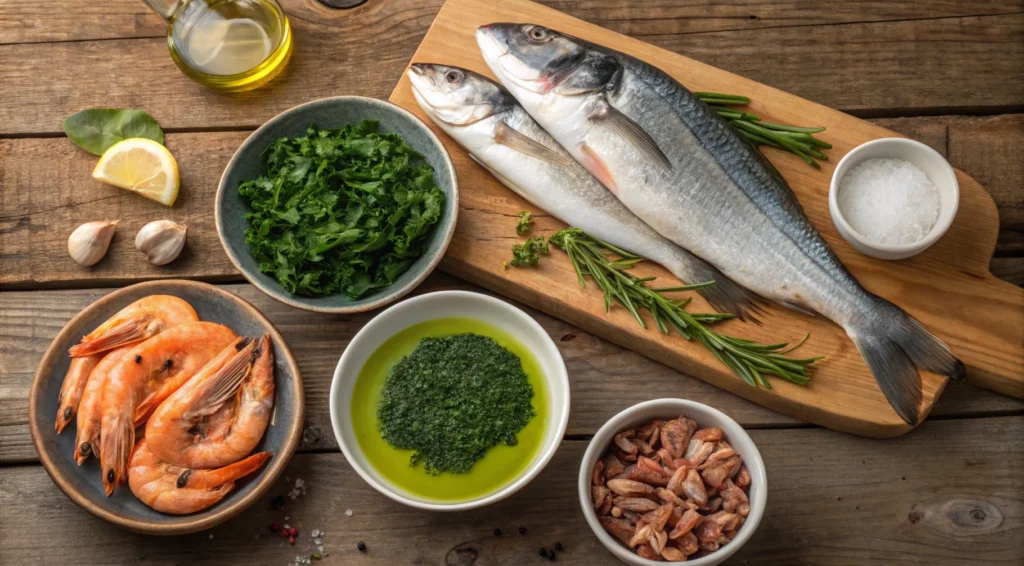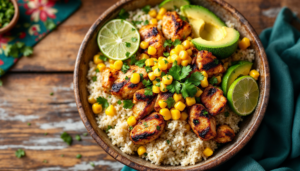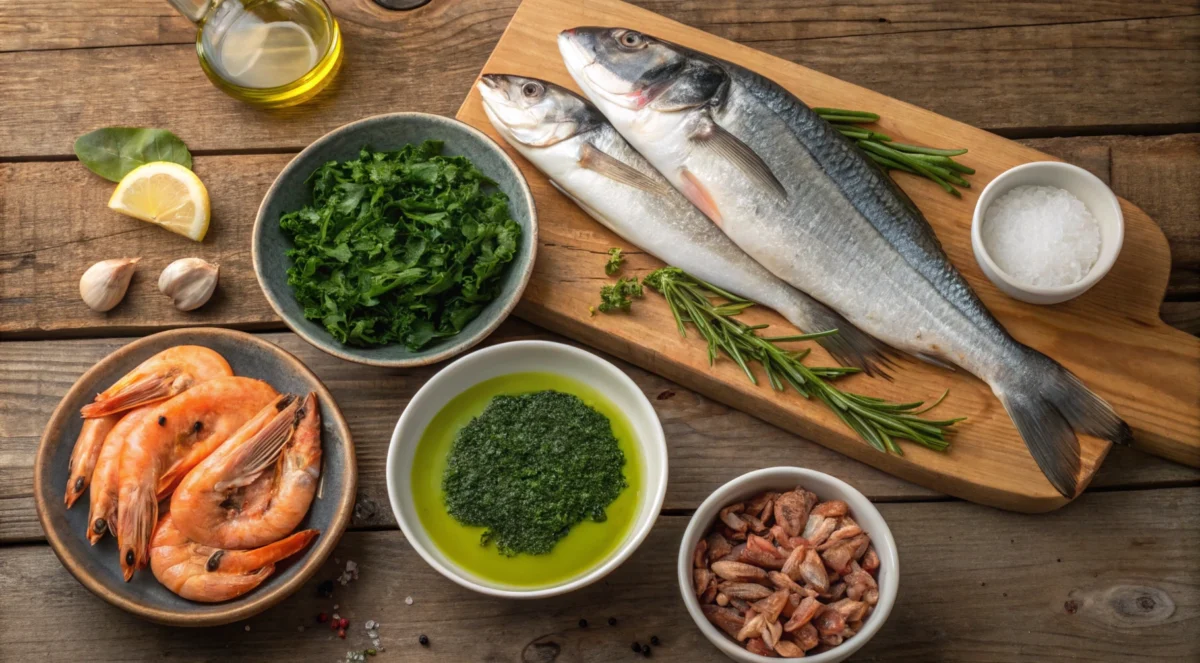
Introduction
Fishkeeping is an enriching hobby, but ensuring your aquatic friends thrive begins with what they eat. A proper diet not only keeps fish vibrant and active but also supports their long-term health. This article delves into the best ingredients for fish food, balancing essential nutrients, natural additives, and sustainable practices. Whether you’re curious about commercial options or prefer crafting homemade recipes, this guide has you covered. Let’s dive in!
Understanding Fish Nutrition
Fish, like humans, have specific dietary needs to remain healthy. Understanding their nutritional requirements is the first step toward choosing or preparing the best food for them.
What Nutrients Do Fish Need?
Fish nutrition revolves around three core macronutrients: protein, fats, and carbohydrates. Among these, protein takes the spotlight, as it fuels muscle growth, aids tissue repair, and supports reproductive health. For herbivorous species, carbohydrates derived from plant-based ingredients play a crucial role, while fats contribute to energy reserves and overall metabolic function.
Role of Protein, Fats, and Carbohydrates in Fish Diets
High-quality proteins, such as those found in krill, whole fish, and squid, are indispensable for carnivorous species. Herbivorous fish, on the other hand, benefit more from carbohydrates sourced from algae, spirulina, and vegetables like spinach and peas. Fats, particularly omega-3 fatty acids, are vital for immune health and vibrant coloration.
The Importance of Vitamins and Minerals
Vitamins and minerals might seem like tiny players, but they have a big impact on fish health. Vitamin C, for instance, boosts immunity, while calcium strengthens skeletal structures. Minerals like phosphorus and magnesium are integral to metabolic activities and energy regulation. Including these micronutrients ensures a balanced diet, whether you’re buying commercial food or making your own.
Key Ingredients for Fish Food
Crafting or selecting the best fish food starts with understanding the essential ingredients. Whether you’re feeding a carnivorous, herbivorous, or omnivorous species, incorporating the right components ensures a well-rounded and nutritious diet.
High-Quality Protein Sources: Whole Fish, Krill, and Squid
Protein is the backbone of any fish diet, especially for carnivorous species. Ingredients like whole fish, krill, and squid are excellent protein sources, as they mimic natural prey and provide essential amino acids. Whole fish, such as salmon or herring, is rich in high-quality protein and healthy fats, promoting muscle growth and energy. Similarly, krill and squid are packed with omega-3 fatty acids, which enhance immune function and coloration.
When selecting commercial fish food, look for labels that list whole protein sources rather than fillers like fish meal or byproducts. These ingredients are not only more nutritious but also easier for fish to digest.
Plant-Based Ingredients: Spirulina, Algae, and Vegetables
Herbivorous and omnivorous fish thrive on plant-based ingredients that replicate their natural feeding habits. Spirulina, a type of blue-green algae, is a powerhouse of protein, vitamins, and antioxidants, making it a staple in many high-quality fish foods. Additionally, fresh or dried vegetables like spinach, peas, and zucchini provide fiber, support digestion, and prevent constipation.
Algae, in its various forms, is a crucial element for herbivorous species. It not only offers essential nutrients but also simulates their natural diet, keeping them active and healthy.
Natural Additives for Fish Health: Garlic, Nori, and Paprika
Certain natural additives do more than add flavor—they enhance fish health. Garlic has antimicrobial properties that boost immunity and help prevent diseases. Nori sheets, commonly used in sushi, are rich in nutrients and can be an excellent treat for herbivorous species. Meanwhile, paprika is often included in fish food to enhance coloration naturally.
Incorporating these natural ingredients ensures your fish are eating food that promotes long-term vitality. Whether you’re purchasing commercial food or making your own, focusing on these components will give your aquatic pets the best diet possible.
Comparing Commercial and Homemade Fish Foods
Fish owners often face a dilemma: should they rely on commercial fish food or create their own? Each option has its merits, but understanding their differences can help you make the best choice for your aquatic pets.
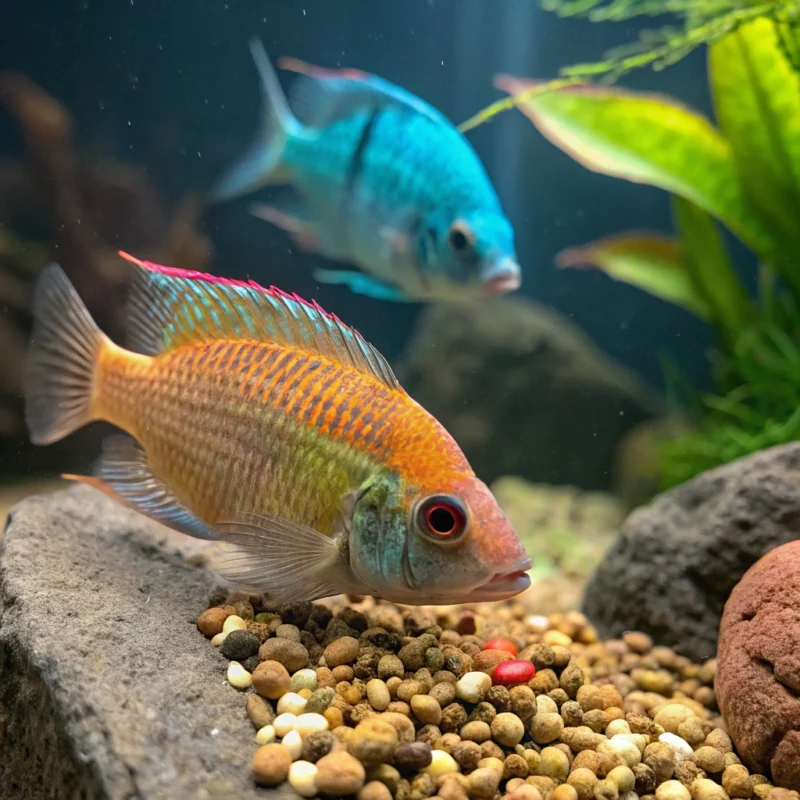
What to Look for in Commercial Fish Food
Commercial fish food is convenient, widely available, and formulated to meet the specific needs of various species. The key to selecting high-quality options is reading the ingredient list. Look for foods that feature whole fish, krill, or squid as primary protein sources, alongside plant-based ingredients like spirulina and algae. Avoid products laden with fillers such as cornmeal, wheat, or fish byproducts, which add bulk but little nutritional value.
Reputable brands often include additional nutrients, such as vitamins, minerals, and antioxidants, to support fish health and vitality. Choose food specifically designed for your fish species, whether it’s sinking pellets for bottom feeders or flakes for surface feeders.
Advantages of Homemade Fish Food
Homemade fish food gives you complete control over the ingredients, ensuring your fish consume a natural and balanced diet. This option is especially appealing to owners who keep species with unique dietary needs. For instance, carnivorous fish benefit from fresh protein sources like scallops or mussels, while herbivorous fish enjoy a mix of spinach and zucchini.
Making your own fish food can also be cost-effective, especially if you have access to fresh, seasonal ingredients. Additionally, it reduces reliance on preservatives often found in commercial food.
Common Pitfalls in Fish Food Selection
Both commercial and homemade options come with challenges. Poor-quality commercial food may lead to digestive issues or malnutrition, while improper preparation of homemade food can introduce contaminants or cause imbalances in nutrients. Striking the right balance between convenience, quality, and cost is crucial.
Ultimately, a combination of high-quality commercial food supplemented with homemade treats can offer the best of both worlds. This hybrid approach ensures your fish receive a well-rounded diet that caters to their natural habits and preferences.
Top Recipes for DIY Fish Food
Preparing your own fish food allows you to customize meals to match your fish’s dietary needs, using the best ingredients while avoiding unnecessary fillers and additives. Here are some easy-to-follow recipes that ensure your aquatic friends receive balanced and nutritious meals.
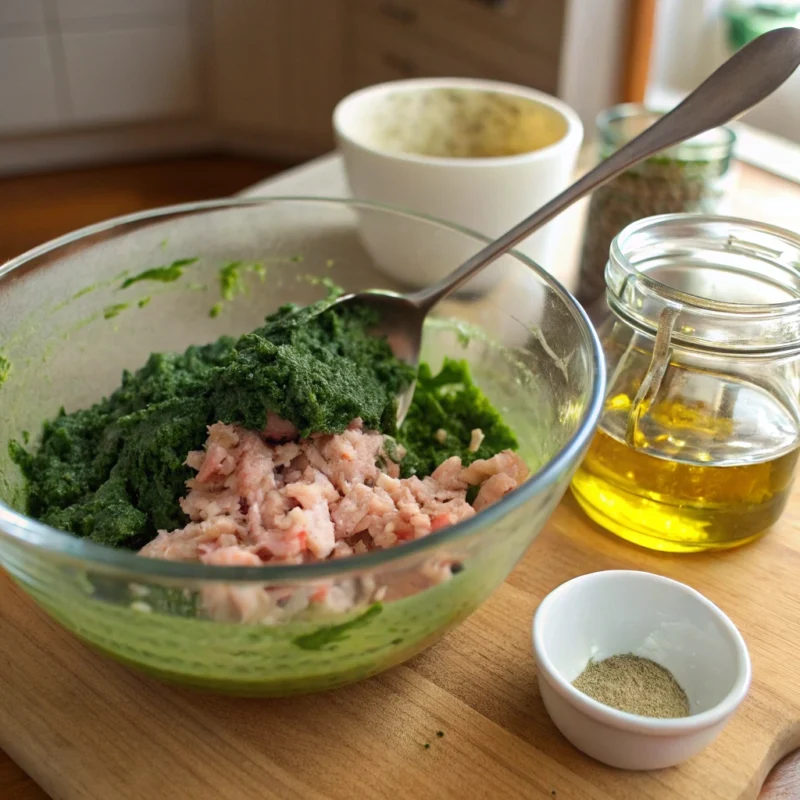
Recipe for Herbivorous Fish: Vegetable-Based Mixtures
Herbivorous fish thrive on a diet rich in plant-based ingredients. To make a simple vegetable-based mix:
- Blend steamed spinach, peas, and zucchini until smooth.
- Add a pinch of spirulina powder for extra protein and nutrients.
- Mix in a gelatin solution to bind the ingredients together.
- Pour the mixture into molds and freeze.
This recipe offers fiber to support digestion and essential vitamins for overall health.
Recipe for Carnivorous Fish: Protein-Rich Combinations
Carnivorous fish require high-quality protein sources. Try this protein-packed recipe:
- Blend raw scallops, mussels, and krill into a paste.
- Add a spoonful of garlic for immune support and flavor.
- Incorporate a small amount of nori or seaweed for extra nutrients.
- Bind the mixture with gelatin and freeze in small portions.
This recipe replicates natural prey while ensuring an optimal protein balance.
Balancing Fresh and Dry Ingredients
For omnivorous fish, combining fresh and dry ingredients is ideal. Mix fresh vegetables with a quality commercial fish food that includes whole fish or algae. This hybrid approach ensures a comprehensive diet without missing key nutrients.
For more inspiration, check out the Homemade Fish Food Recipe on Makouri Recipes, where you’ll find tips and tricks for crafting nutritious meals tailored to your fish’s needs.
Frequently Asked Questions About the Best Ingredients for Fish Feed
What Are the Best Ingredients for Fish Feed?
The best ingredients for fish feed depend on the species of fish you are feeding, but a balanced mix of protein, fats, and essential nutrients is key. High-quality protein sources like krill, whole fish, and squid are ideal for carnivorous fish, while herbivorous fish benefit from plant-based ingredients such as spirulina, algae, and vegetables like spinach and peas. Adding natural additives like garlic and nori boosts immunity and overall health.
What Are the Main Ingredients in Fish Food?
Commercial fish food typically contains a blend of fish meal, soybean meal, wheat, spirulina, and fish oil. These ingredients provide the macronutrients fish need to grow, alongside vitamins and minerals for immune health and proper development. Homemade fish food often uses fresh ingredients such as raw seafood, vegetables, and dried algae to achieve similar results.
What Is the Most Important Component of Fish Feed?
Protein is the most important component of fish feed, as it supports growth, muscle repair, and overall vitality. The protein content and source should be tailored to the dietary habits of the fish. Carnivorous species require more protein from animal sources like fish meal, while herbivorous fish benefit from plant-derived proteins.
How Do You Make High-Quality Fish Feed?
To make high-quality fish feed:
- Choose Nutritious Ingredients: Combine fresh proteins (like scallops or krill) with vegetables (such as peas or spinach).
- Add Supplements: Include spirulina or fish oil for extra nutrients.
- Use a Binder: Mix the ingredients with gelatin or agar to hold the feed together.
- Freeze or Dry: Shape the mixture into pellets or cubes, then freeze or dry for storage.
By focusing on fresh, nutrient-rich ingredients, you can ensure your fish receive the best diet possible.
If you’d like to dive deeper into homemade fish food recipes, check out the Homemade Fish Food Recipe for more inspiration!
Conclusion
Feeding your fish the right diet is crucial for their health, growth, and overall well-being. By understanding their nutritional needs and incorporating the best ingredients, you can ensure your aquatic companions thrive. From proteins like krill and squid to plant-based options such as spirulina and zucchini, a balanced diet tailored to your fish species makes all the difference.
While commercial fish foods offer convenience and carefully calibrated nutrients, homemade options give you the freedom to customize meals with fresh, natural ingredients. Combining the two approaches can provide the best of both worlds, ensuring variety and a complete nutritional profile.
Aquaculture practices and sustainable ingredient sourcing are shaping the future of fish food, with innovations like plant proteins and algae-based alternatives paving the way for eco-friendly diets. Whether you’re feeding a hobbyist aquarium or supporting aquaculture efforts, choosing high-quality, nutritious ingredients benefits both your fish and the environment.
For more inspiration, dive into the world of recipes and discover how you can elevate your fish’s diet with simple, homemade options. By prioritizing nutrient-rich foods and sustainability, you’re not just feeding your fish—you’re creating a healthier ecosystem for them to thrive.
If you’d like to generate additional resources, explore related topics, or create visual assets for this article, let me know!
